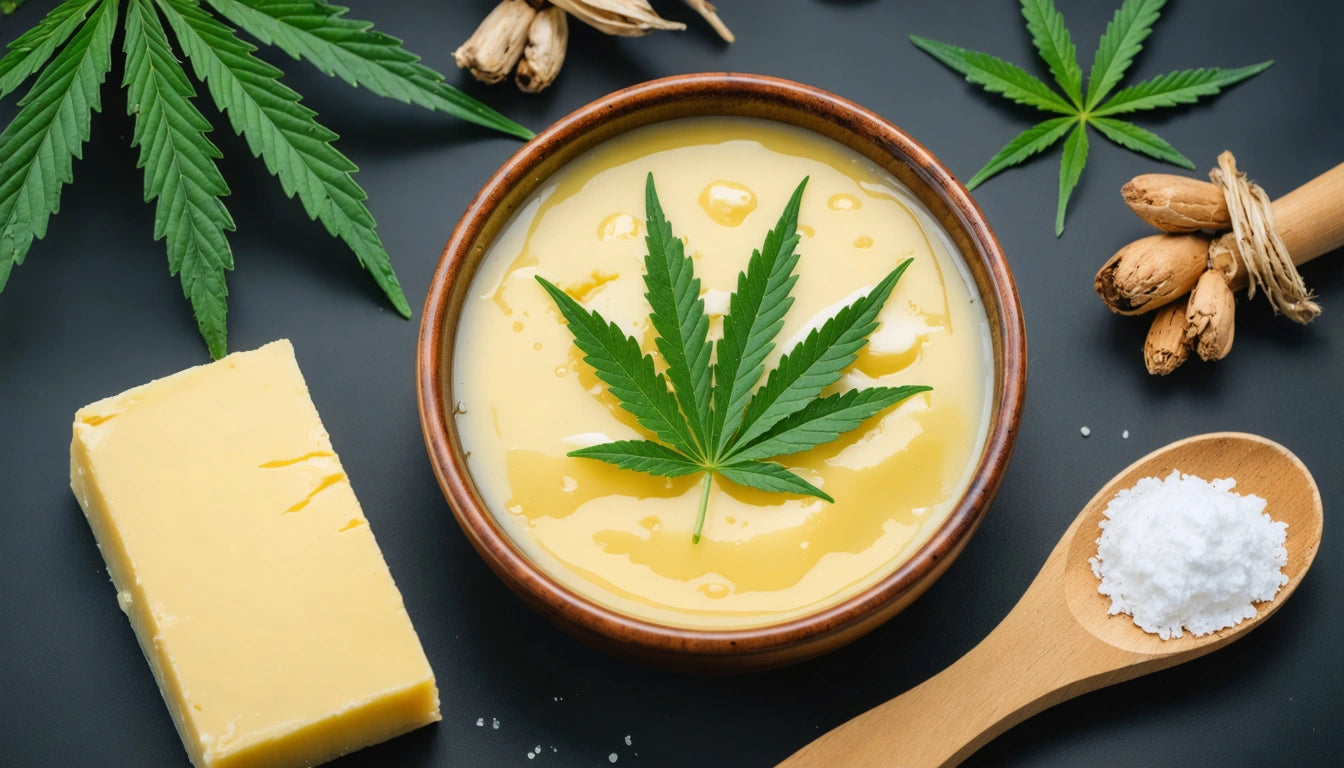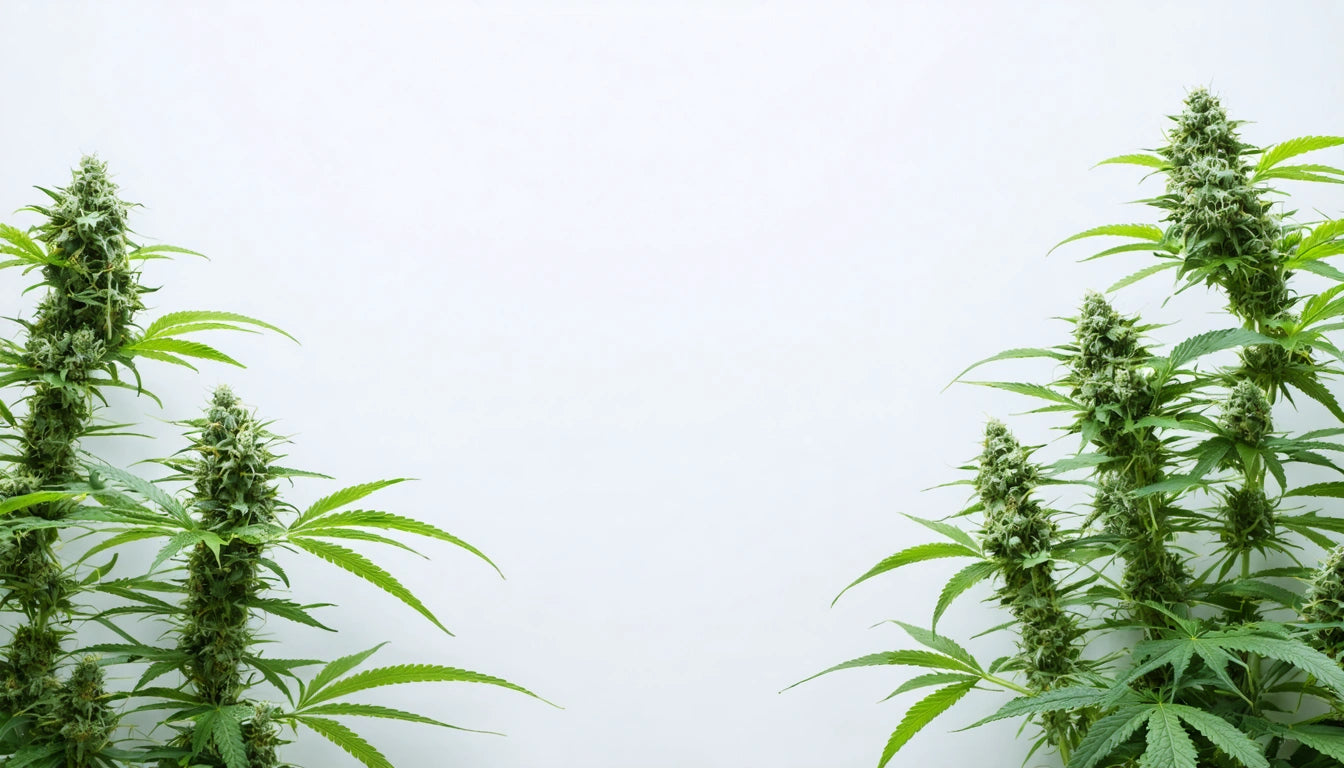Table of Contents
- Understanding Decarboxylation: The Critical First Step
- Equipment Needed for Making Cannabis Butter
- Selecting the Right Cannabis Material
- Step-by-Step Process: How to Make Cannabis Butter
- Alternative Methods for Making Cannabis Butter
- Dosing and Potency Considerations
- Storage Techniques and Shelf Life
- Culinary Applications and Recipe Ideas
How to Make Cannabis-Infused Butter: A Comprehensive Guide
Cannabis-infused butter, often called cannabutter, serves as the foundation for countless edible creations. This versatile ingredient allows for precise dosing and consistent effects when incorporated into recipes. Making cannabis butter at home gives you control over potency, strain selection, and quality of ingredients. This guide walks you through the entire process, from selecting your starting material to storing the finished product.
Understanding Decarboxylation: The Critical First Step
Before making cannabis butter, you must activate the cannabinoids through a process called decarboxylation. Raw cannabis contains THCA and CBDA, which have minimal psychoactive effects. Heating converts these compounds to THC and CBD, unlocking their full potential.
To decarboxylate cannabis:
- Preheat your oven to 240 °F (115 °C)
- Break up cannabis flower into small pieces (not too fine)
- Spread evenly on a parchment-lined baking sheet
- Bake for 30-40 minutes, stirring halfway through
- The cannabis should turn light to medium brown and feel dry
This crucial step ensures your cannabis butter made from shake or premium flower will deliver the desired effects.
Equipment Needed for Making Cannabis Butter
Gathering the right tools before starting makes the process much smoother:
- Digital kitchen scale for precise measurements
- Medium saucepan or double-boiler
- Thermometer (candy or digital)
- Cheesecloth or fine mesh strainer
- Glass storage containers
- Grinder (optional)
- Slow cooker (optional for alternative methods)
For precise measurements, quality digital scales designed for small quantities ensure you achieve consistent potency in your final product.
Selecting the Right Cannabis Material
The cannabis you choose affects both potency and flavor. Options include:
- Flower: Provides the most potent results with strain-specific effects
- Shake/Trim: More affordable with moderate potency
- Leaves: Lowest potency but very economical
- CBD-dominant strains: For non-intoxicating therapeutic benefits
When learning how to make THC-infused butter, starting with 7-14 grams of cannabis per cup of butter is recommended for beginners.
Step-by-Step Process: How to Make Cannabis Butter
Classic Stovetop Method
This traditional approach gives you full control over temperature and infusion time:
- Melt 1 cup of butter in a saucepan over low heat
- Add 1 cup of water to prevent burning
- Add decarboxylated cannabis once butter is fully melted
- Maintain temperature between 160-180 °F (never exceeding 200 °F)
- Simmer for 2-3 hours, stirring occasionally
- Remove from heat and let cool slightly
- Strain through cheesecloth into a glass container
- Refrigerate until the butter solidifies and separates from water
- Drain excess water and store
This method works well when learning how to make cannabis butter on the stove for the first time.
Alternative Methods for Making Cannabis Butter
Mason Jar Method
For those concerned about odor or wanting a more discreet option:
- Place decarboxylated cannabis and butter in a mason jar
- Seal tightly
- Place jar in a water bath in a slow cooker or pot
- Maintain water level above the butter line
- Heat on low for 4-6 hours
- Strain and cool as with the stovetop method
This technique is perfect for those wondering how to make marijuana-infused butter with minimal aroma.
Slow Cooker Method
For a hands-off approach:
- Add butter, water, and decarboxylated cannabis to slow cooker
- Set to low temperature (around 160 °F if possible)
- Cover and cook for 6-8 hours, stirring occasionally
- Strain, cool, and separate as with other methods
This method is ideal for making larger batches with minimal monitoring.
Dosing and Potency Considerations
Calculating potency can be challenging without lab testing. A general estimate:
- 1 gram of 15% THC cannabis contains approximately 150mg THC
- After decarboxylation and infusion, expect 70-80% efficiency
- For a standard batch using 7g of 15% THC cannabis in 1 cup butter
- Estimated total: ~800mg THC per cup (50mg per tablespoon)
Always start with a small amount (5-10mg THC) when consuming edibles made with homemade cannabis butter.
Storage Techniques and Shelf Life
Proper storage extends the life of your cannabis butter:
- Refrigerator: Store in an airtight container for up to 2 weeks
- Freezer: Portion into ice cube trays or small containers and freeze for up to 6 months
- Room temperature: Not recommended due to risk of rancidity and potency loss
Consider labeling with potency estimates and production date to track freshness.
Culinary Applications and Recipe Ideas
Cannabis butter can be used in virtually any recipe calling for regular butter. Popular applications include:
- Baked goods like brownies and cookies
- Savory dishes like pasta sauces or mashed potatoes
- Spread on toast or melted over vegetables
- Added to coffee or tea
- Used in candies or chocolates
For those interested in expanding beyond butter, learning how to make cannabis-infused oil opens up even more culinary possibilities.
Making cannabis-infused butter at home allows for customization, cost savings, and quality control. By following these steps and considering the variables that affect potency, you can create a versatile ingredient for countless edible creations. Remember that edibles take longer to take effect than smoking, so patience and careful dosing are essential for a positive experience.











Leave a comment
All comments are moderated before being published.
This site is protected by hCaptcha and the hCaptcha Privacy Policy and Terms of Service apply.